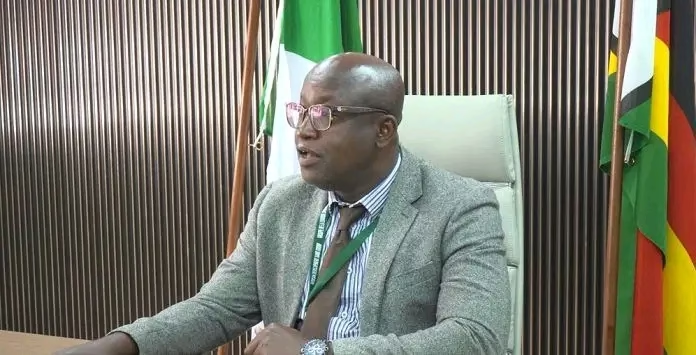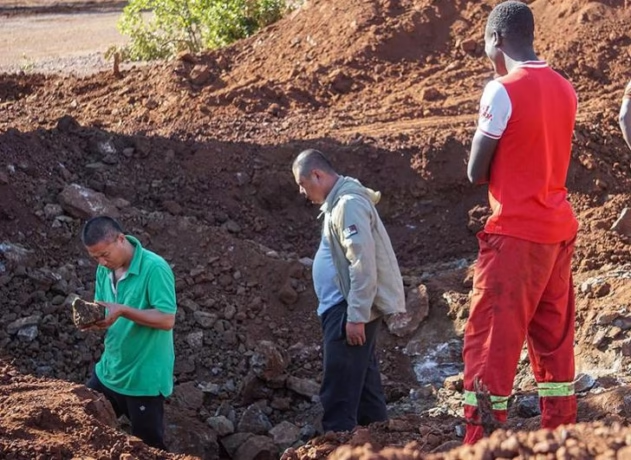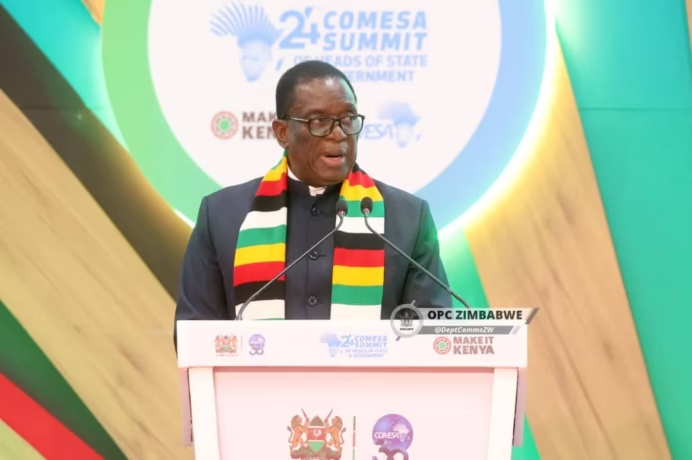
The African Development Bank has projected that Zimbabwe’s economy is on course to achieve an impressive six percent growth rate in 2025, a performance that positions the country among the fastest growing economies in the Southern African region. This outlook is anchored on stability and recovery across key productive sectors, particularly agriculture, mining, manufacturing, and construction, underpinned by fiscal and monetary discipline that continues to strengthen the economic foundation.
According to AfDB Principal Country Economist, Mr Kelvin Banda, the rebound is not accidental but the product of deliberate and consistent policy measures. He explained in Harare on Tuesday that Zimbabwe’s growth forecast has been revised upwards from two percent to six percent, largely due to recovery in agriculture, the commissioning of new mining projects, and renewed confidence in the manufacturing sector. He added that sound monetary and fiscal policies being pursued by the central bank and the Treasury are critical in anchoring this momentum and consolidating the current gains, with tight monetary policy serving as the anchor of stability.
“This year, we are forecasting a six percent growth from two percent, driven by the recovery in the agriculture, mining, and manufacturing sectors. We are also appreciating the efforts by the Central Bank to stay the course of a tight monetary policy and sustain the current gains, so there is a need to further focus on stability,” Mr Banda noted.
The AfDB highlighted that Zimbabwe’s growth trajectory is set to outpace most Sub-Saharan peers, riding on improved macroeconomic stability. The government’s measures, particularly the policy frameworks outlined in the recently released 2025 Mid-Term Fiscal and Monetary Policy Statements, have reinforced the country’s ability to navigate global and local shocks while maintaining a focus on long-term recovery. These policies, marked by consistency, prudence, and resilience, are emerging as the bedrock of Zimbabwe’s growth story.
“Zimbabwe is one of the fastest growing countries in the Southern African region. Despite the headwinds of last year, the macro-economic stability measures will be key in terms of sustaining growth prospects of the country,” Banda further stated, noting that investor confidence will be critical in driving sustainable growth.
The AfDB also observed that inflationary pressures, while still a concern, have been kept in check by strict monetary interventions and disciplined fiscal management. By maintaining a firm stance against runaway inflation and aligning monetary policy with fiscal consolidation, Zimbabwe has created a predictable environment for investment, production, and trade. These reforms are allowing the productive sectors of the economy to flourish while mitigating the external shocks caused by global commodity price volatility and climate-induced risks.
Agriculture remains a central driver, boosted by increased investment in irrigation, improved mechanisation, and government input support schemes, which have lifted production levels despite erratic weather conditions. Mining, bolstered by the commissioning of new projects and expanded investment in lithium, platinum, and gold, continues to attract regional and global attention, while manufacturing has shown resilience through retooling and import substitution efforts. The construction sector, visible through major infrastructure projects underway across the country, provides both immediate stimulus through job creation and long-term benefits by improving connectivity and industrial efficiency.
The AfDB’s endorsement of Zimbabwe’s economic trajectory is a significant vote of confidence for the country, signalling to investors and development partners that the nation’s reforms are bearing fruit. With policy consistency now being the hallmark of economic management, the six percent growth forecast stands not merely as a statistical projection but as a reflection of a country regaining its footing and charting a course towards inclusive prosperity.




